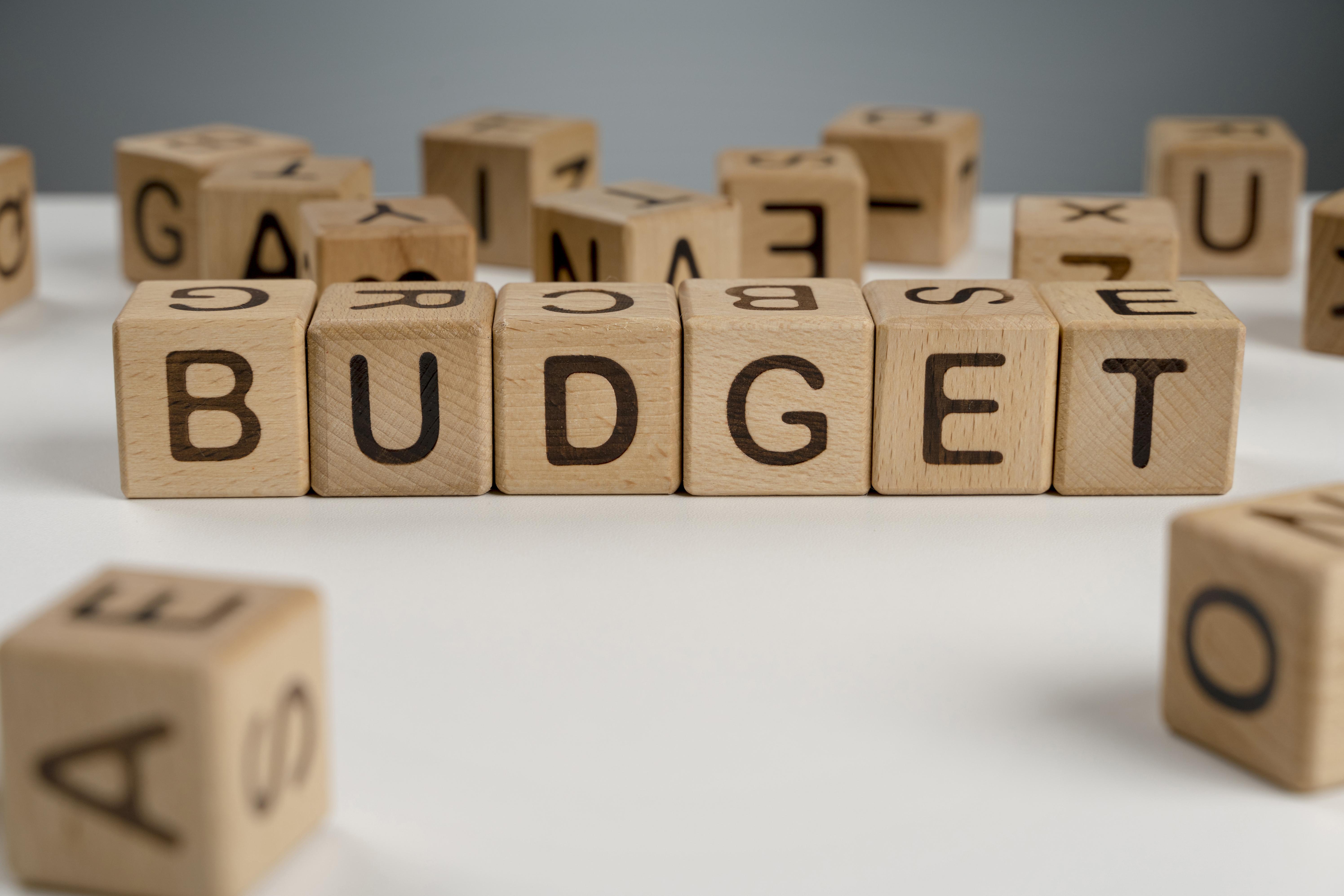Every year the Federal Budget presents an opportunity for the Australian Government to meaningfully invest in Australia’s health and wellbeing system.
So how did this year’s budget rate in terms of delivering such investment?
Unsurprisingly for health, the budget was still strongly focused on the COVID-19 response, an undisputed ongoing health issue globally:
- $2.6 billion over 2 years for rapid antigen tests and personal protective equipment.
- $1.1 billion over 2 years from 2022-23 to continue COVID-19 response such as by extending the National Partnership on COVID-19 Response, activities of the National Incident Centre and Therapeutic Goods Administration, and as well as expanding the National Medical Stockpile.
- $1.0 billion over 2 years from 2021-22 for continued distribution of COVID-19 vaccines.
Other positive news for the health and wellbeing system in the Budget included:
- investment of $8.6 million for a Closing the Gap Policy Partnership on Social and Emotional Wellbeing for Aboriginal and Torres Strait Islander people
- access to affordable medicines through $2.5 billion over five years from 2021-22 for new and amended listings on the PBS/RPBS and additional funding to lower the PBS Safety Net thresholds from 1 July 2022.
- Aged Care will receive $458.1 million over the 5 years for COVID-19 support, and some funding to improve the administration of medication management, workforce training, and regulatory and professional support
- additional $303.2 million over 5 years for mental health and suicide prevention reform through the five pillars of the National Mental Health and Suicide Prevention Plan – prevention and early Intervention, suicide prevention, mental health treatment, support for vulnerable Australians, and workforce and governance support.
All of this is welcome and needed, but there were some disappointing omissions and missed opportunities for the health and wellbeing system in the Budget.
A notable omission was the Government’s response to the workforce recommendations from the Royal Commission into Aged Care Quality and Safety. As noted by the Australian Aged Care Collaboration:
“There is nothing in the Budget 2022 to improve aged care wages, leaving our dedicated workers on the edge of poverty & many older Australians without the services they need. The Royal Commission’s workforce recommendations are the key area of unfinished business.”
Funding for the Aboriginal Community Controlled Health sector has not been increased with NACCHO CEO, Pat Turner, noting the Budget as an “opportunity lost” to close the $4.4 billion health funding gap for Aboriginal and Torres Strait Islander people.
The Australian Medical Association was also supportive of continued spending on the COVID-19 response, but noted that Medicare and hospital funding in the Budget is equivalent to usual recurrent spending rather than a “…new injection of funds our health system desperately needs…“.
The Public Health Association was also disappointed rating the Budget an ‘F-minus’ on preventive health because it has failed to increase much needed investment to 5% of overall health budget by 2030 stated in the National Preventive Health Strategy 2021-2030.
Psychosocial supports and the non-clinical workforce in the community non-government mental health sector have also missed out on funding despite being a critical component of mental health service delivery.
And while there has been a much-publicised focus on the cost of living in the Budget, it’s difficult to see how a one-off payment of $250 will result in long-term change that will improve health and wellbeing of so many Australians.



Comments are closed